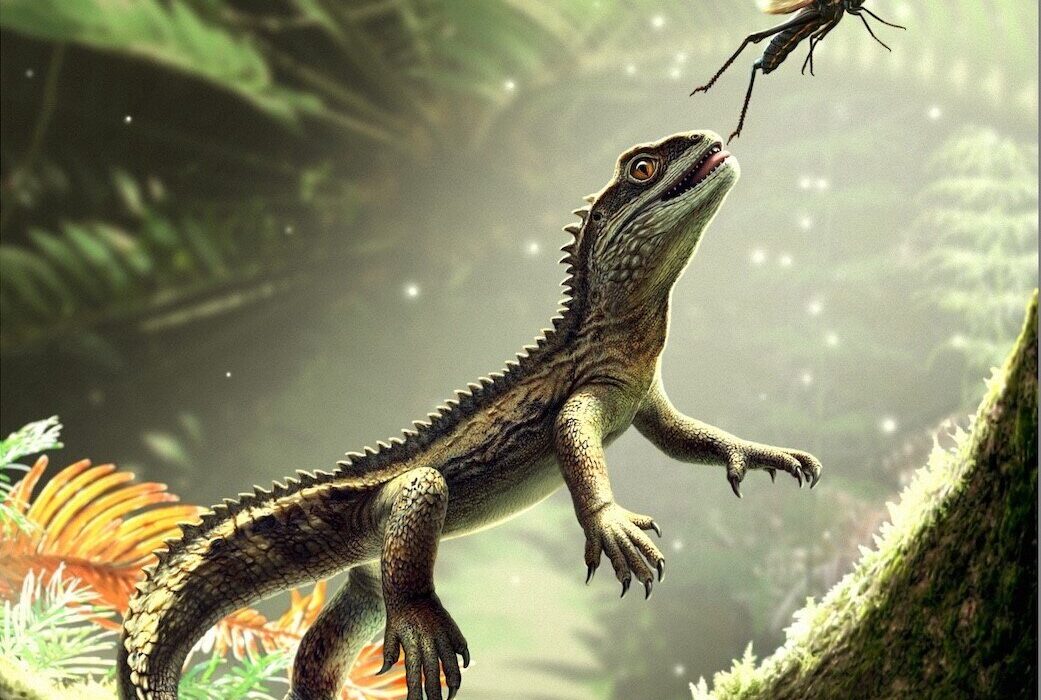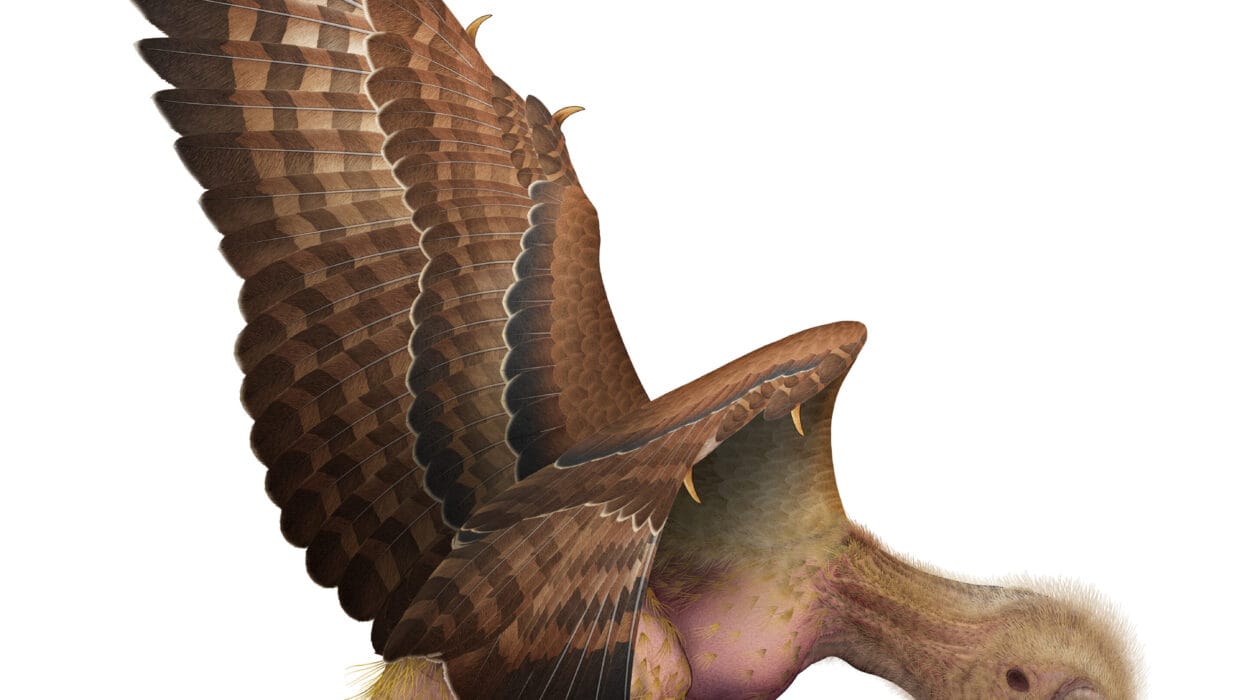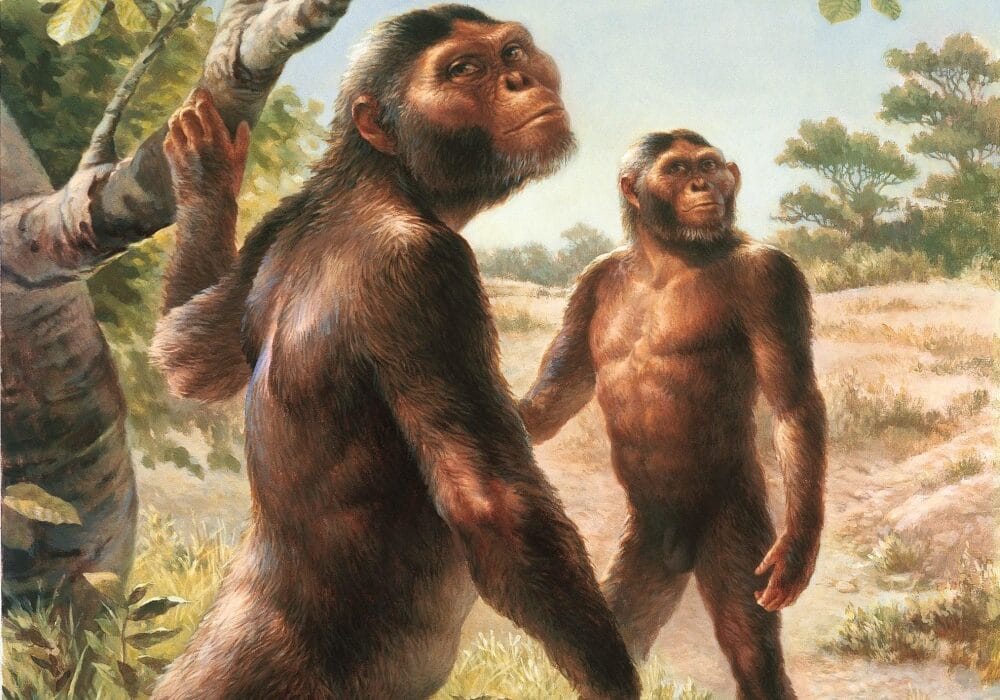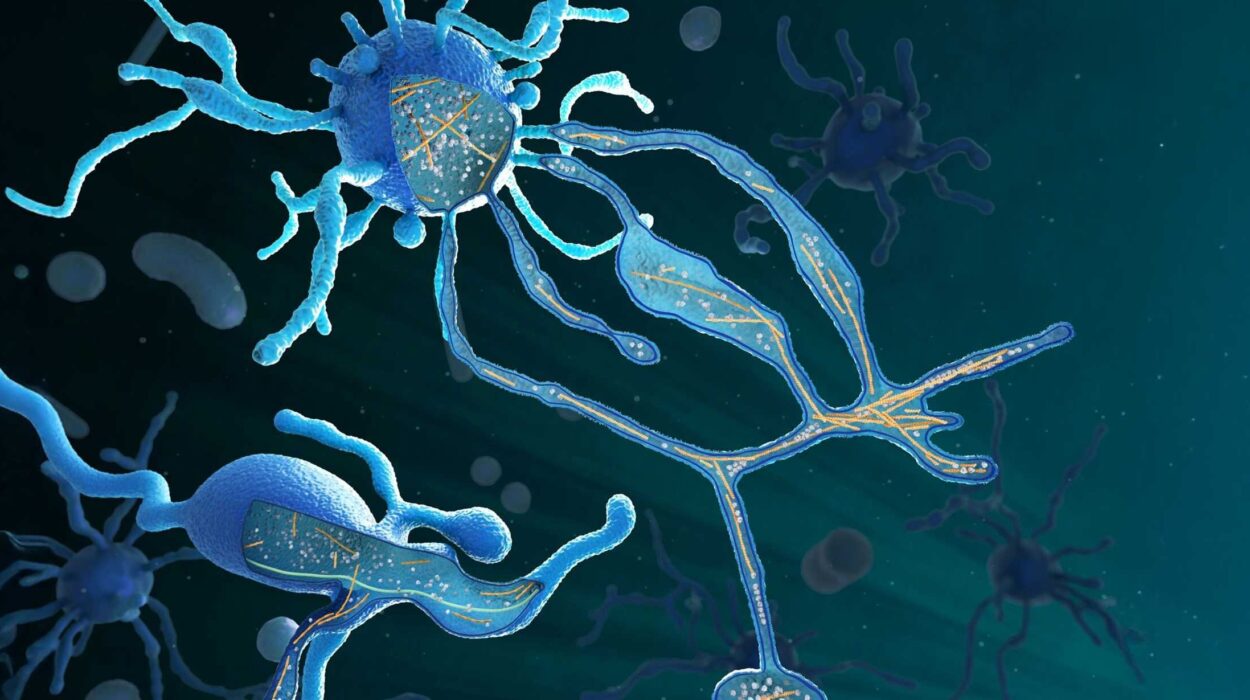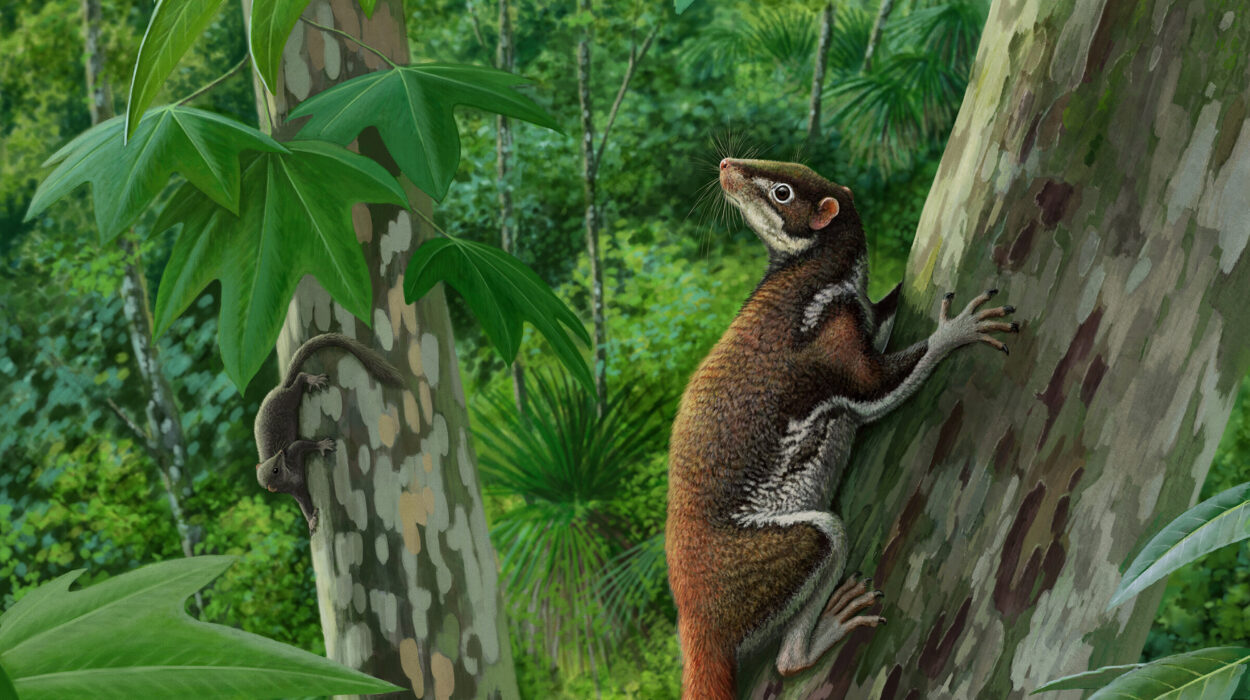A tiny skeleton, discovered in Triassic-aged rocks within a quarry near Bristol, represents the oldest modern-type lizard on record, dating back at least 205 million years. This remarkable fossil, identified by a team of researchers from the University of Bristol, has opened new windows into the early evolution of lizards and their ancestral connections to other reptiles. The fossil, nicknamed Cryptovaranoides, has sparked controversy in the paleontological community due to differing interpretations of its evolutionary position. Initially identified by the Bristol team as belonging to Squamata, the group that includes modern lizards and snakes, the fossil has since been the subject of significant debate, with other scientists proposing that it might actually be an archosauromorph, a distant relative of crocodilians and dinosaurs. Despite these challenges, the Bristol team has stood by their original interpretation, providing compelling evidence through detailed anatomical analysis and advanced imaging techniques.
The discovery of Cryptovaranoides offers crucial insights into the evolutionary history of lizards, a group that today comprises a vast range of species, from the tiny geckos to the enormous Komodo dragons. By examining its skeletal structure, the researchers were able to place the fossil within Squamata, based on numerous distinctive anatomical features of the skull and skeleton. These characteristics were particularly significant because they closely resemble those found in modern lizards, which are part of a diverse group known as Lepidosauria, a lineage that also includes snakes and tuataras.
Dr. Ben Whiteside, one of the lead authors of the study, acknowledged that their conclusions might be controversial. “We knew our paper would be controversial,” he explained, “but we were confident that we had looked at every possible feature and compared it with everything we could.” The team had meticulously analyzed the fossil, comparing it to other known lizards and reptiles to ensure their conclusions were accurate. However, in 2023, a separate team of academics published a paper suggesting that Cryptovaranoides might not be a lizard at all, but rather an archosauromorph—a group that includes dinosaurs and crocodiles. This alternative hypothesis created a significant challenge for the Bristol team, as it questioned the very identity of their ancient specimen.
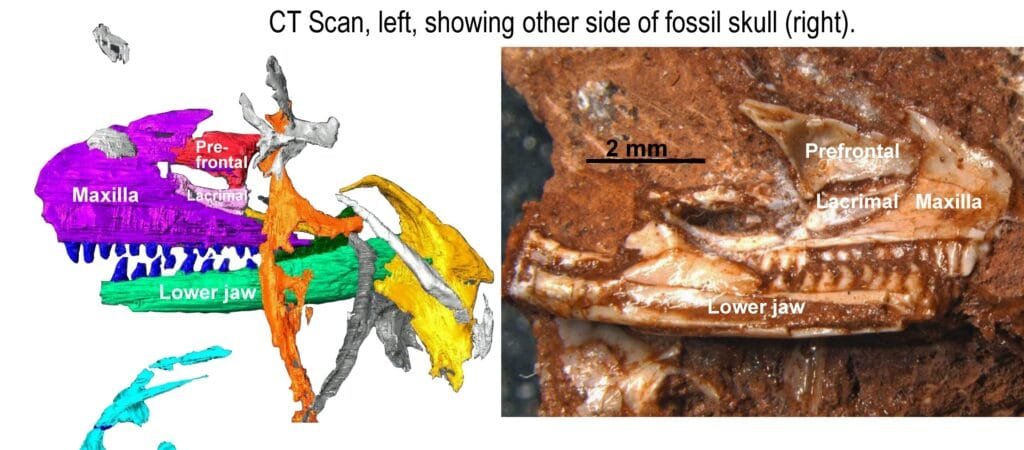
Professor Michael Benton, another key member of the Bristol research team, expressed surprise at the new interpretation. “We were therefore surprised, perhaps even shocked, that in 2023 another team of academics suggested that Cryptovaranoides was not a lizard or even a lizard relative, but in fact an archosauromorph, more closely related to crocodilians and dinosaurs,” he said. The rival team’s suggestion not only contradicted the initial findings but also posed a challenge to the broader understanding of reptile evolution during the Triassic period.
In response to the new analysis, the Bristol team revisited their original research, re-examining the fossil and its associated data. They paid particular attention to the detailed X-ray scans, which had been integral to their initial study. The X-rays, which allowed them to see the internal structure of the fossil without damaging it, provided invaluable insights into the fossil’s anatomical features that were otherwise hidden within the rock. “We had the marvelous images from those CT scans as well as further access to the fossil, which enabled us to check all their suggestions,” said Dr. Chambi-Trowell, a member of the team. Upon conducting a thorough review of the rival team’s concerns, they found that many of the criticisms were based on misunderstandings of the fossil’s anatomy.
“All the details of the skull, the jaws, the teeth, and the limb bones confirm that Cryptovaranoides is a lizard, not an archosauromorph,” added Professor Benton. The team further strengthened their position by providing more photographs of the specimen, as well as new 3D reconstructions based on the CT scans. These high-resolution images allowed for a more comprehensive examination of the fossil, which the researchers hoped would clear up any lingering doubts.
One of the key elements of the Bristol team’s research was their use of phylogenetic analysis, a method of mapping evolutionary relationships based on shared physical traits. By coding hundreds of anatomical features in both modern and fossil lizards, as well as various archosauromorphs, they were able to run multiple analyses to test the evolutionary placement of Cryptovaranoides. These analyses consistently supported the original conclusion: that the fossil was indeed a member of the Squamata, the group that includes all modern lizards and snakes.
“We ran the analysis time after time, and it gave our original result, that the little Bristol reptile is indeed the world’s oldest modern-type lizard,” Dr. Whiteside concluded. The results of their phylogenetic analysis were unequivocal, reinforcing the team’s belief that the fossil belonged to the lizard lineage, not to the more distant group of archosauromorphs.
The implications of this discovery are far-reaching, offering a glimpse into the early evolution of modern lizards. Cryptovaranoides provides valuable evidence for the existence of a lizard-like reptile during the Triassic period, a time when the Earth was undergoing significant changes in its ecosystems. The Triassic period, which spanned from approximately 252 to 201 million years ago, marked a time of rapid diversification following the Permian mass extinction, which wiped out a significant portion of life on Earth. During this time, reptiles began to dominate the terrestrial ecosystems, and the ancestors of many modern groups, including lizards, snakes, and dinosaurs, began to evolve and diversify.
This discovery also underscores the importance of advanced imaging technologies in paleontology. The use of CT scanning and other non-destructive methods has revolutionized the study of fossils, allowing researchers to examine delicate specimens without damaging them. These technologies have enabled scientists to uncover previously hidden details of ancient creatures, shedding light on their anatomy, behavior, and evolutionary history. As imaging techniques continue to improve, the potential for discovering new insights into the prehistoric world only grows.
In the broader context of reptile evolution, Cryptovaranoides adds to the growing body of evidence that suggests the early ancestors of modern reptiles were more diverse and complex than previously thought. The fossil provides a crucial piece of the puzzle in understanding how lizards and their relatives evolved during the Triassic period, helping scientists to better reconstruct the tree of life and the relationships between different groups of reptiles.
The ongoing debate over the identity of Cryptovaranoides highlights the dynamic nature of scientific inquiry. While the Bristol team has provided strong evidence to support their interpretation, science is a constantly evolving field, and new discoveries or reinterpretations can shift our understanding of the past. The debate surrounding Cryptovaranoides is a reminder that science is not a static process but one that is constantly evolving as new data, technologies, and ideas emerge.
Ultimately, the fossilized remains of Cryptovaranoides offer a unique opportunity to explore the early stages of lizard evolution, providing valuable insights into the ancient past. Whether or not future research revises its classification, the fossil stands as a testament to the incredible diversity of life during the Triassic period and the power of scientific inquiry to uncover the mysteries of the distant past. As paleontologists continue to explore and interpret these ancient remains, they will undoubtedly uncover even more about the fascinating history of life on Earth.
Reference: David I. Whiteside et al, Late Triassic †Cryptovaranoides microlanius is a squamate, not an archosauromorph, Royal Society Open Science (2024). DOI: 10.1098/rsos.231874

